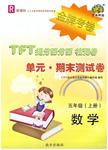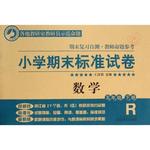题目内容
|
Mails, games, music, news, chat rooms and shopping! The Internet is part of the way we live today. It's easy to get onto the Internet. The only thing we need to do is to use a modem which is used for connecting a computer to a telephone line. (1)________ More and more people have computers and use the Internet. Using the Internet means surfing the World Wide Web (That's the "www" you always hear about.). (2)________ They are the places you go to get information and do things. Where do these websites come from? They are made by web designers. What happens when you click on a word or a picture? You are sent to another page. (3)________ Web designers do a lot of work by using a computer programming language. Is web design all about computer programming? No. It's about making something new.(4)________ It must look good and be fun to use. A big part of web design is art. They choose the best pictures and colours to make the website look good. (5)________ An important part of their job is to share ideas with the website manager about how to design the website well. 1. ________ 2. ________ 3. ________ 4. ________ 5. ________
|
| 1-5 CAEBD |
$selection$

 提分百分百检测卷单元期末测试卷系列答案
提分百分百检测卷单元期末测试卷系列答案 小学期末标准试卷系列答案
小学期末标准试卷系列答案